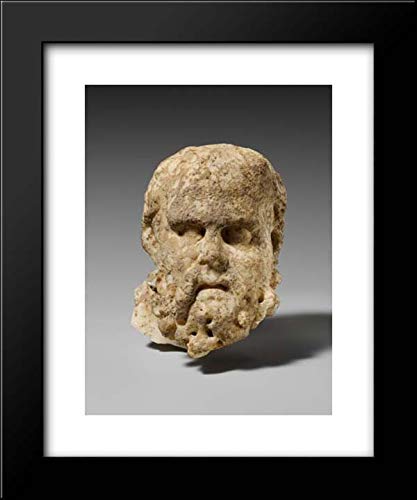Could Romans have landed in the New World before Columbus? Quite possibly, say two anthropologists, who have produced the first reliable evidence that an artifact found in Mexico is of Roman origin, and that it almost certainly arrived in the New World before the Spanish.
Roman Hristov, an independent anthropologist formerly at Southern Methodist University in Dallas, decided to investigate a black terracotta head that was first unearthed in 1933 in the Toluca Valley, approximately 65 kilometers west of Mexico City. The head, which is just a few centimetres tall, represents a bearded man and is different in style from any other known pre-Columbian artwork.
Although much had been written about the head since its discovery, Hristov found that no one actually knew where it was. With the help of Mexican anthropologist Santiago Genovs, he finally found it in 1994, locked away in a Mexico City museum.
To determine when the head was made, Hristov drilled some material from the remains of its neck. He then took the sample to be tested at the Max Planck Institute for Nuclear Physics in Heidelberg using a technique called thermoluminescence.
In this method, heat forces high-energy electrons that have accumulated in the sample over time to release their energy as light. By measuring the light released, the researchers were able to estimate that the terracotta was fired 1800 years ago. Hristov also consulted art experts, who agreed that the head was Roman, dating roughly to AD 200. Furthermore, a review of the circumstances surrounding the head's original discovery confirmed that the head was placed in the burial ground where it was found no later than 1510, a decade before the Spanish arrived in Meso-America. Crucially, the head was excavated from the site by professionals, says David Kelley, an archaeologist at the University of Calgary in Alberta, Canada. "This was sealed under three floors. It's as close to archaeological certainty as you can get." Hristov believes the head is the first hard evidence of pre-Hispanic transoceanic contacts between the Old and New Worlds. But it is unclear whether it will resolve what is one of the most contentious debates in modern cultural anthropology. "I see no reason why ancient contact is not possible," says Betty Meggers, an anthropologist at the National Museum of Natural History in Washington DC, who says that ancient Ecuadorian and Japanese pottery have identical features.
David Grove, an archaeologist at the University of Illinois in Urbana, Champaign agrees the head is Roman, but questions its significance. It could, for example, have been taken off a Roman shipwreck on the Mexican coast, which would not require significant interaction between ancient Americans and Romans, he says. There is also no evidence of ancient cultures from Europe or elsewhere making a significant mark on pre-Columbian cultures.
Sources: Ancient Mesoamerica (vol 10, p 207); New Scientist


